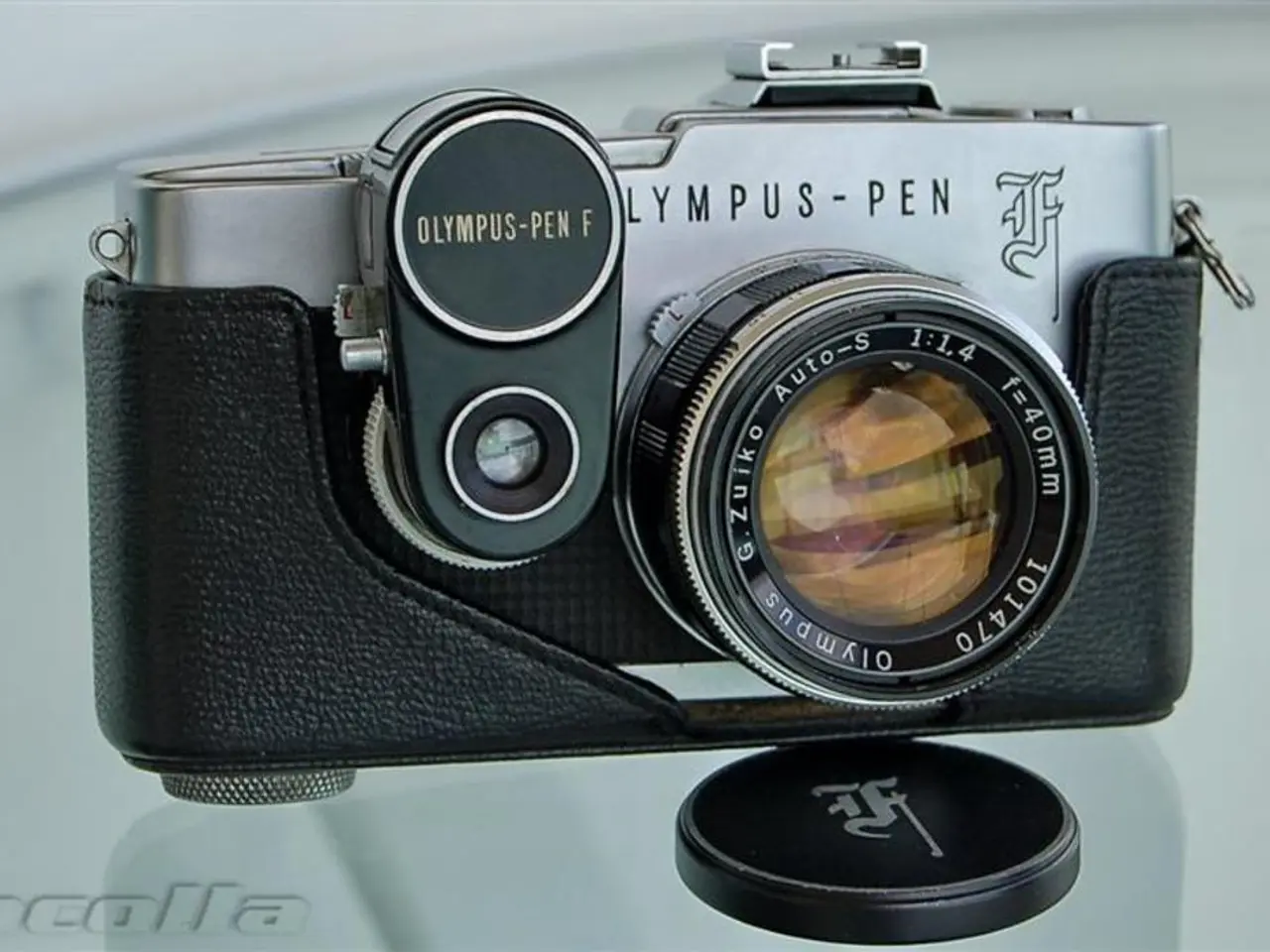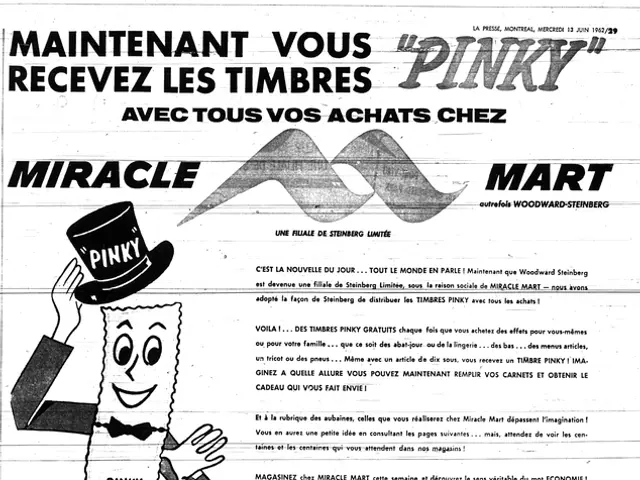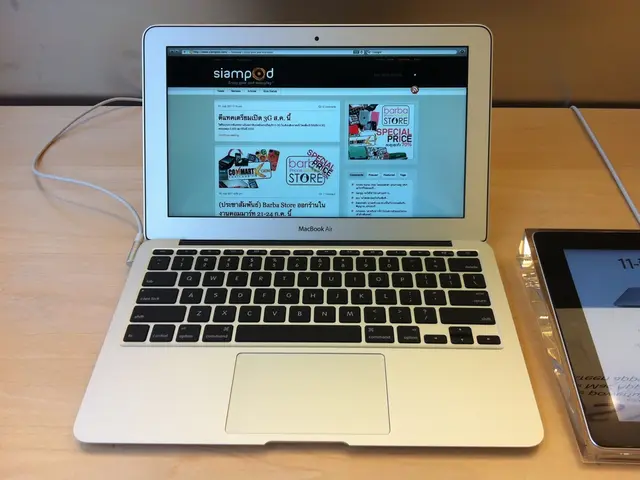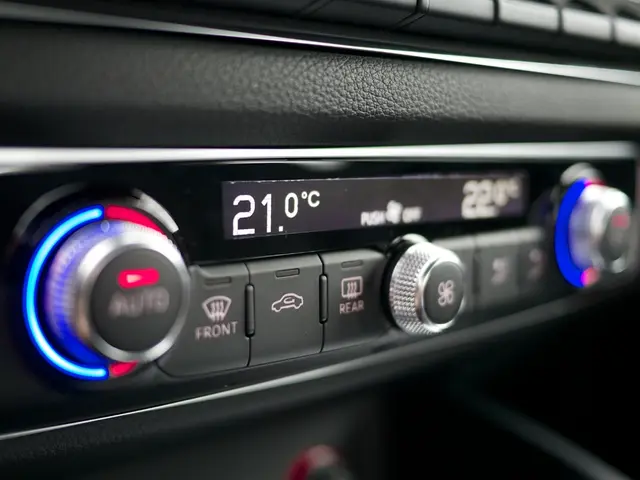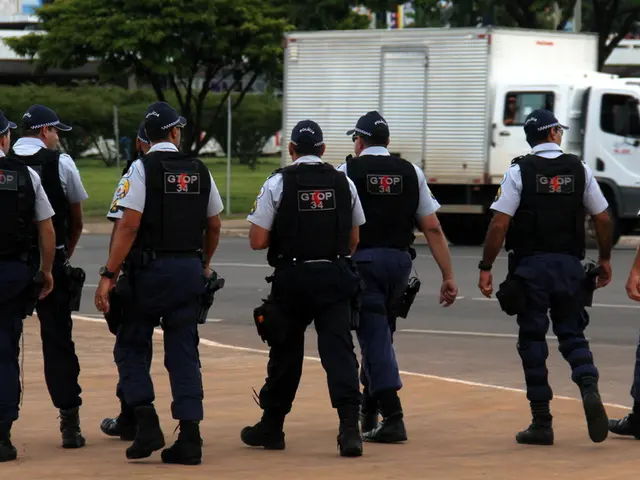Underwater Configurations for Canon EOS R5 Camera
The Canon EOS R5, a powerful camera, offers a myriad of features for underwater photography. However, its lack of a physical d-pad requires some adjustments for smooth operation underwater. Here's a guide focusing on dial customization, housing choices, and other tips to enhance your underwater photography experience.
Essential Customization for Underwater Use
Utilize a Compatible Underwater Housing
Invest in a high-quality housing with multi-controller ports, such as the EDGE Pro Water Housing for Canon EOS R5. This housing offers left-right multi-controller access and AF point selection controls, effectively substituting for the d-pad underwater.
Customize Quick Control Dials
Assign your most used functions (ISO, aperture, shutter speed, white balance) to the camera's two control dials for easy tactile access. This minimizes reliance on the menu and d-pad.
Pre-set White Balance and Manual Focus Modes
Underwater light conditions vary, and the EOS R5’s automatic white balance can overcompensate red channels, harming image quality. Using custom white balance underwater mitigates unnatural color casts.
Embrace Back-button Autofocus
Assign AF-ON to a housing button to quickly engage autofocus without menu navigation. This is faster underwater and reduces dependence on the d-pad or menus.
Stay within the Optimal Ambient Light Depth
Typically 8-15 meters depth to retain color and details without excessive noise or color loss, helping you rely less on heavy post-processing adjustments on white balance.
Combine Shallow Depth of Field and Close Proximity Shooting
Water reduces sharpness and color contrast, so getting close and using wide aperture can help isolate subjects and improve image quality.
Practice Toggling Functions
The main exposure settings can be adjusted quickly without menu diving, important underwater since the d-pad is absent.
Use External Controls for AF Point Selection and Exposure Lock
Many water housings offer dedicated buttons to replicate these functions, minimizing reliance on the missing d-pad.
Other Recommendations
- Use spot metering when using strobes, and evaluative metering for shooting ambient light.
- To scroll through settings underwater, use the camera's dials instead of the joystick.
- The Canon EOS R5 offers 8K internal RAW recording, 45 megapixel still images, 4K video at 120 fps, and 5-axis in-body image-stabilization.
- Underwater housing options include Nauticam, Ikelite, Sea & Sea, Aquatica, and Isotta.
- To update the camera's firmware, compare the current version to the most recent firmware version on Canon's website.
- The AF Mode can be set to AF tracking, AF spot, or Expanded area AF depending on the type of photos and shooting style.
- AF tracking can be used to lock onto a point and pan with the camera.
- To turn off exposure simulation underwater, select "disable" in the red SHOOT7 menu panel.
- To customize flash settings when using strobes, select "external speedlight control" under the red SHOOT2 panel.
- In video mode, the SHOOT3 menu includes picture profiles, log profiles, and custom white balance options.
- The back dial on the Canon EOS R5 does not have a D-pad.
- Enable flash firing, use E-TTL balance with standard settings, E-TTL II meter set to Eval (face pretty), and Contin flash ctrl set to E-TTL each shot.
- To switch between the EVF and LCD underwater, select "screen/viewfinder display" in the 3rd panel of the yellow set up menu.
- The C1-C3 shooting modes can be used to save and quickly switch between settings during a dive, including different frame rates for video or between wide angle and macro.
- The Canon EOS R5 has three dials for controlling shutter speed, aperture, and ISO, and they can be custom set.
- With a compatible underwater housing like the EDGE Pro Water Housing for Canon EOS R5, left-right multi-controller access and AF point selection controls are available, acting as a substitute for the missing d-pad underwater.
- Quickly access important functions by customizing the camera's two control dials to house settings for ISO, aperture, shutter speed, and white balance.
- To maintain accurate colors underwater, pre-set white balance and manual focus modes to counteract the varying light conditions and avoid unnatural color casts.
- Back-button autofocus can be assigned to a housing button for fast and efficient focusing withoutmenu navigation; this technique is particularly beneficial underwater.
- Stick to optimal ambient light depths for maintaining color and details, typically between 8-15 meters, to reduce the need for extensive post-processing adjustments.
- For better underwater image quality, use a shallow depth of field and close-proximity shooting to isolate subjects and account for reduced sharpness and color contrast in water.
- In addition to using external controls for AF point selection and exposure lock, toggle functions like main exposure settings quickly without relying on the missing d-pad by utilizing camera dials underwater.
